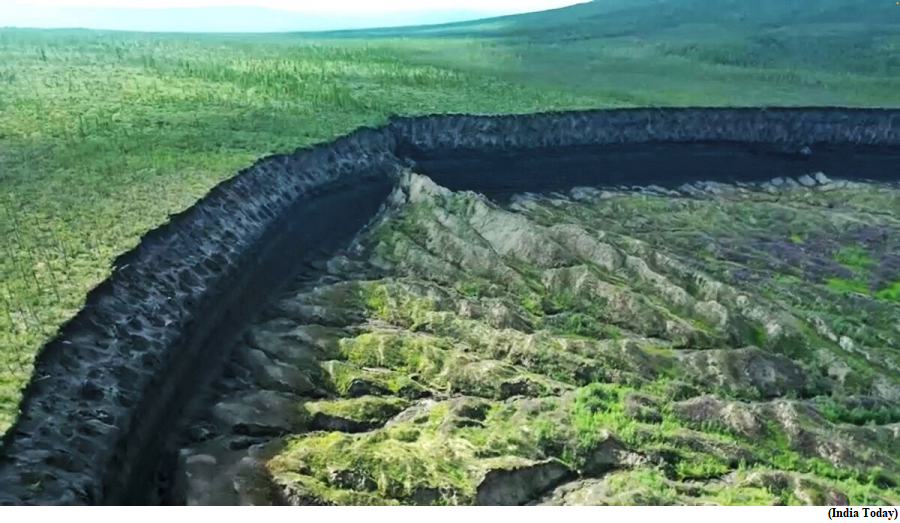Integrate mpox with HIV, STI prevention & control programmes, WHO (GS Paper 3, Science and Technology)

Why in news?
- Recently, the World Health Organization (WHO) released new scientific and normative guidance for human immunodeficiency virus (HIV) at the 12th International International AIDS Society Conference on HIV Science.
- It also recommended countries integrate mpox detection, prevention and care with existing and innovative HIV and sexually transmitted infection prevention and control programmes.
Mpox cases:
- Over 82,000 mpox cases were reported to the WHO, found an analysis of global surveillance data during the 2022-2023 multi-country outbreak of mpox. Of these cases, around 32,000 cases had information on HIV status.
- Among those, 52 per cent were living with HIV, most being men who have sex with men (MSM). More than 80 per cent of them reported sex as the most probable route of getting infected with mpox.
- Around one quarter (25 per cent) had advanced HIV disease or immunosuppression, leading to an increased risk of hospitalisation and death.
HIV viral load thresholds:
- People living with HIV, for example, who achieve an undetectable level of virus through consistent use of antiretroviral therapy (ART) do not transmit HIV to their sexual partner(s) and are at low risk of vertically transmitting HIV to their children.
- The evidence also suggests that there is a negligible, or nearly zero, risk of transmitting HIV when a person has a viral load measurement of less than or equal to 1000 copies per mL, also known as having a suppressed viral load.
ART:
- An estimated 40 million people living with HIV globally depend on a cocktail of drugs to suppress the viral load in their blood.
- The drugs, known as ART, delay the progression of the infection into acquired immunodeficiency syndrome (AIDS) and result in fatal consequences.
About Mpox:
- Mpox is a viral zoonotic disease with symptoms similar to smallpox, although with less clinical severity.
- The infection was first discovered in 1958 following two outbreaks of a pox-like disease in colonies of monkeys kept for research, which led to the name ‘monkeypox’.
World's biggest permafrost crater has a warning for Earth
(GS Paper 3, Environment)
Why in news?
- In the remote reaches of Russia's Far East, a gaping hole in the Earth's surface continues to grow, serving as a stark reminder of the impacts of climate change.

Batagaika crater:
- The Batagaika crater, the world's largest permafrost crater, is expanding at an alarming rate due to the thawing of the permafrost, a phenomenon catalysed by global warming.
- The crater, located in the Sakha Republic, is a one-kilometre-long gash that reaches depths of up to 100 metres. It began forming in the 1960s after deforestation led to the melting of the underground permafrost, causing the land to sink.
- Over the years, the crater has continued to expand, earning it the local nickname 'the cave-in'.
What is permafrost?
- Permafrost is a type of ground or soil that remains frozen at or below the freezing point (0 degrees Celsius or 32 degrees Fahrenheit) for two or more consecutive years.
- It is found in regions where the temperature remains consistently cold throughout the year, typically in high-latitude regions near the poles, such as in the Arctic and subarctic regions.
Impact of global warming:
- It developed in the 1970s, first as a ravine. Then by thawing in the heat of sunny days, it started to expand.
- Russia is warming at least 2.5 times faster than the rest of the world, leading to the melting of the long-frozen tundra that covers about 65% of the country's landmass. This rapid warming is releasing greenhouse gases stored in the thawed soil, contributing to the acceleration of global warming.
Threat:
- Scientists are unsure of the exact rate at which the Batagaika crater is expanding. However, they warn that the soil beneath the slump contains an enormous quantity of organic carbon that will be released into the atmosphere as the permafrost thaws, further fuelling the planet's warming.



